Home>Construction & Tools>Building Materials>What Will Stick To Brick
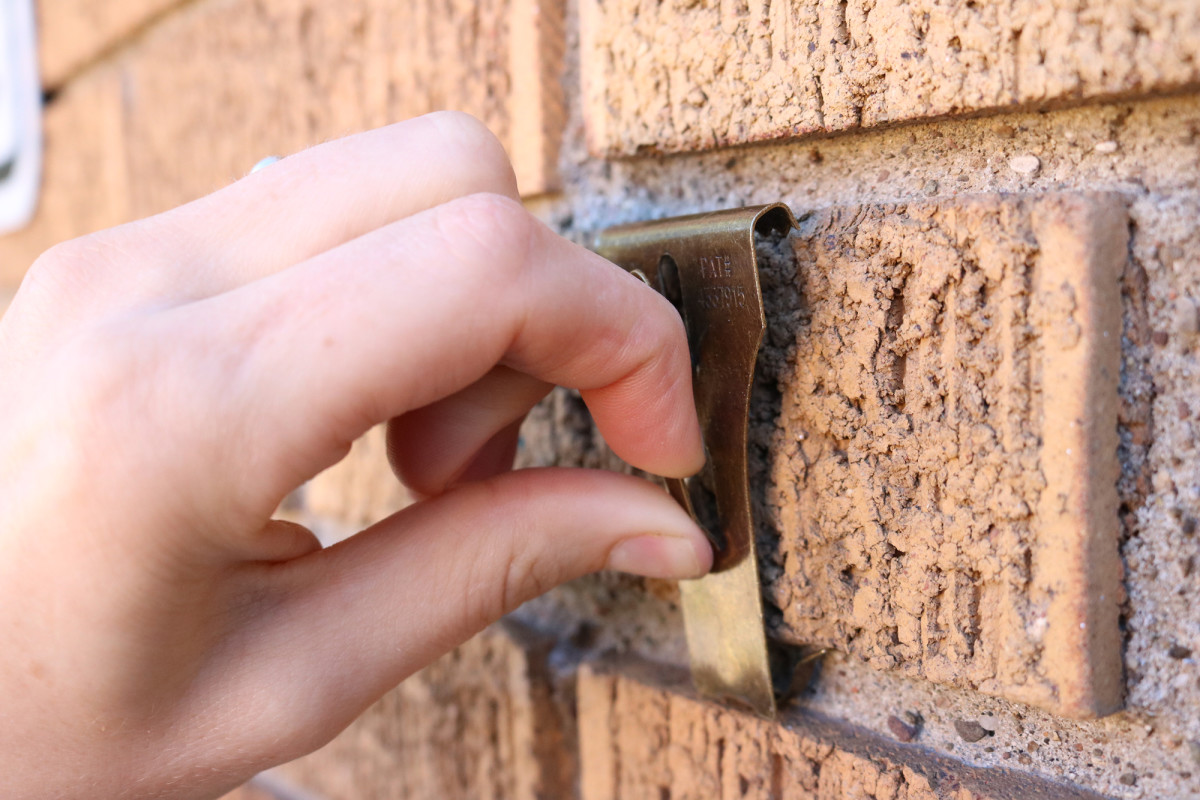

Building Materials
What Will Stick To Brick
Modified: August 28, 2024
Discover the best building materials that will stick to brick and enhance the durability and aesthetics of your construction projects. Explore our comprehensive guide for expert advice and recommendations.
(Many of the links in this article redirect to a specific reviewed product. Your purchase of these products through affiliate links helps to generate commission for Storables.com, at no extra cost. Learn more)
Introduction
Brick, a timeless building material, has been a cornerstone of construction for centuries. Its enduring appeal lies in its durability, aesthetic charm, and versatility. Whether adorning the facades of historical monuments or forming the walls of modern structures, brick stands as a testament to architectural ingenuity. However, the question remains – what will stick to brick? This article delves into the properties of brick, explores various types of adhesives, and provides insights into selecting the best adhesive for this robust material.
As we embark on this exploration, it’s important to recognize the unique characteristics of brick that set it apart from other building materials. Understanding these properties is crucial in determining the most effective adhesive for bonding with brick. Let’s uncover the secrets of this age-old material and unravel the mysteries of adhesion.
Key Takeaways:
- Choose the Right Adhesive for Brick
Understanding brick properties and environmental factors helps in selecting the best adhesive for bonding. Consider durability, texture, and application type for a successful and long-lasting bond. - Adhesive Impact on Brick Projects
The type of adhesive used influences the strength, longevity, and aesthetic appeal of brick-related projects. Matching the adhesive to the project’s demands is crucial for success.
Read more: What Glue Sticks To Brick
Properties of Brick
Brick, a symbol of strength and endurance, possesses a distinctive set of properties that make it a preferred choice in construction. Understanding these properties is essential for selecting the right adhesive for bonding with brick.
- Durability: Bricks are renowned for their exceptional durability, with a lifespan that can span centuries. Their ability to withstand environmental elements and structural stresses makes them a reliable building material.
- Porous Nature: Despite their solid appearance, bricks are inherently porous. This characteristic allows them to absorb moisture, which can influence the adhesive’s effectiveness and the overall bonding process.
- Texture: The texture of brick surfaces varies depending on the manufacturing process and the type of brick. Some bricks have rough textures, while others feature smoother finishes. This diversity in texture impacts the adhesive’s ability to create a strong bond.
- Thermal Insulation: Bricks offer excellent thermal insulation, contributing to energy efficiency in buildings. This property influences the temperature variations that the adhesive will be exposed to, affecting its performance over time.
- Weight: Although bricks are relatively lightweight compared to other construction materials, their mass can still exert considerable pressure on adhesives. It’s crucial to consider this factor when selecting an adhesive for brick applications.
By comprehending these fundamental properties, one can appreciate the intricate nature of brick and its impact on adhesive bonding. With this knowledge in mind, we can now explore the diverse range of adhesives available for bonding with brick.
Types of Adhesives
When it comes to bonding with brick, a myriad of adhesives offers unique properties and applications. Understanding the characteristics of each adhesive type is crucial in determining the most suitable option for a specific brick-related project. Here are some common types of adhesives used for bonding with brick:
- Construction Adhesive: This versatile adhesive is well-suited for bonding brick to various substrates. Its high strength and durability make it an ideal choice for both interior and exterior applications. Construction adhesive is available in various formulations, including polyurethane, epoxy, and hybrid adhesives, providing flexibility in different project requirements.
- Mortar: Traditional mortar, a mixture of cement, sand, and water, has been a staple in bricklaying for centuries. Its composition allows for a strong and enduring bond with brick, making it a preferred choice for structural applications such as brick walls and masonry work.
- Polyurethane Adhesive: Known for its exceptional bonding strength and flexibility, polyurethane adhesive is suitable for bonding brick in demanding environments. Its resistance to temperature variations and moisture makes it an excellent choice for outdoor brick installations.
- Epoxy Adhesive: Epoxy adhesives offer high bonding strength and resistance to chemicals and environmental factors. They are ideal for specialized brick bonding applications that require a durable and long-lasting bond.
- Silicone Adhesive: Silicone adhesives provide excellent adhesion and flexibility, making them suitable for bonding brick in areas prone to movement and vibration. Their weather-resistant properties also make them a popular choice for outdoor brick projects.
Each type of adhesive offers unique advantages and considerations, and selecting the most suitable adhesive depends on factors such as the specific application, environmental conditions, and desired bond strength. With an array of options available, it’s essential to assess the project’s requirements and the properties of the brick to make an informed decision.
Now that we’ve explored the types of adhesives commonly used for bonding with brick, let’s delve into the factors to consider when selecting the best adhesive for a brick-related project.
When sticking something to a brick surface, use a strong adhesive like construction adhesive or a high-quality outdoor mounting tape. Make sure to clean the surface thoroughly before applying the adhesive for the best results.
Factors to Consider
Choosing the right adhesive for bonding with brick requires careful consideration of various factors to ensure a successful and long-lasting bond. Here are key factors to evaluate when selecting the best adhesive for a brick-related project:
- Surface Preparation: Proper preparation of the brick surface is essential for optimal adhesion. Cleaning the surface to remove dust, debris, and any contaminants will promote better bonding and enhance the adhesive’s effectiveness.
- Environmental Conditions: Assessing the environmental conditions to which the bonded brick will be exposed is crucial. Factors such as temperature variations, moisture levels, and exposure to UV rays can influence the choice of adhesive, ensuring it can withstand the specific environmental challenges.
- Application Type: Consider the intended use of the bonded brick. Whether it’s an interior or exterior application, a structural or decorative installation, the adhesive’s compatibility with the application type is vital for achieving the desired bond strength and longevity.
- Flexibility and Movement: In applications where the bonded brick may experience movement or vibration, such as in earthquake-prone areas, selecting an adhesive with flexibility and vibration resistance becomes imperative to prevent bond failure.
- Bond Strength: Evaluating the required bond strength based on the specific project requirements is essential. Whether it’s a load-bearing structure or a decorative veneer, the adhesive’s ability to provide the necessary bond strength must align with the project’s demands.
- Longevity and Durability: Anticipating the expected lifespan of the bonded brick and selecting an adhesive that offers durability and long-term performance is crucial. This consideration is particularly important for outdoor applications exposed to harsh weather conditions.
By carefully assessing these factors, one can make an informed decision when choosing the best adhesive for bonding with brick. Understanding the unique demands of the project and the properties of the brick will guide the selection process, ensuring a successful and enduring bond.
With a clear understanding of the factors to consider, let’s explore the best adhesive for bonding with brick, taking into account the diverse requirements of brick-related projects.
Best Adhesive for Brick
Amid the diverse array of adhesives available, selecting the best adhesive for bonding with brick hinges on a careful assessment of the specific project requirements and the unique properties of brick. Consider the following recommendations when determining the optimal adhesive for various brick-related applications:
- For General Purpose Bonding: When bonding brick to various substrates for both interior and exterior applications, a high-quality construction adhesive, such as a polyurethane-based formulation, offers versatility, durability, and excellent adhesion. Its ability to accommodate diverse environmental conditions and provide a strong, long-lasting bond makes it a reliable choice for general-purpose brick bonding.
- For Structural Applications: In structural brick installations, traditional mortar remains a time-honored choice due to its proven strength, compatibility with brick, and ability to withstand heavy loads. Its composition ensures a robust bond, making it well-suited for structural brickwork and masonry projects.
- For Outdoor and High-Moisture Environments: When bonding brick in outdoor settings or areas exposed to high moisture levels, a polyurethane adhesive with superior weather resistance and moisture tolerance is recommended. Its ability to withstand the rigors of outdoor exposure ensures a reliable and enduring bond.
- For Specialized Applications: Epoxy adhesives are ideal for specialized brick bonding applications that demand exceptional strength, chemical resistance, and long-term durability. These adhesives are suitable for specific projects where a high-strength, resilient bond is paramount.
By aligning the adhesive selection with the project’s requirements and the unique properties of brick, one can ensure an effective and enduring bond. It’s essential to carefully evaluate the application type, environmental factors, and desired bond characteristics to make an informed decision when choosing the best adhesive for bonding with brick.
As we conclude this exploration, it’s evident that the choice of adhesive plays a pivotal role in the success of brick-related projects, influencing the structural integrity, longevity, and aesthetic appeal of the bonded brick. By leveraging the insights provided in this article, one can confidently navigate the realm of adhesives and achieve optimal results when bonding with brick.
Read more: How To Stick Plastic To Brick
Conclusion
Brick, with its enduring legacy and timeless appeal, continues to captivate architects, builders, and enthusiasts alike. Understanding what will stick to brick is paramount in ensuring the success of brick-related projects, whether it involves structural applications, decorative installations, or restoration endeavors. The properties of brick, including its durability, porous nature, texture, thermal insulation, and weight, significantly influence the selection of the most suitable adhesive.
Exploring the diverse types of adhesives, from construction adhesive and mortar to polyurethane and epoxy adhesives, provides a comprehensive understanding of the options available for bonding with brick. Each adhesive type offers unique properties and applications, catering to a wide range of brick-related projects and environmental considerations.
When selecting the best adhesive for brick, evaluating critical factors such as surface preparation, environmental conditions, application type, flexibility, bond strength, and longevity is essential. By carefully considering these factors, one can make an informed decision that aligns with the project’s specific requirements and the inherent properties of brick.
Ultimately, the best adhesive for bonding with brick depends on the intended application, environmental challenges, and desired bond characteristics. Whether it’s a general-purpose bonding, structural applications, outdoor installations, or specialized projects, matching the adhesive to the unique demands of the project is paramount in achieving a successful and enduring bond with brick.
As we conclude this exploration, it’s evident that the choice of adhesive plays a pivotal role in the success of brick-related projects, influencing the structural integrity, longevity, and aesthetic appeal of the bonded brick. By leveraging the insights provided in this article, one can confidently navigate the realm of adhesives and achieve optimal results when bonding with brick.
Embracing the rich heritage and enduring allure of brick, coupled with the knowledge of effective adhesive bonding, empowers individuals to embark on brick-related endeavors with confidence and ingenuity, ensuring that this timeless building material continues to stand the test of time.
Frequently Asked Questions about What Will Stick To Brick
Was this page helpful?
At Storables.com, we guarantee accurate and reliable information. Our content, validated by Expert Board Contributors, is crafted following stringent Editorial Policies. We're committed to providing you with well-researched, expert-backed insights for all your informational needs.
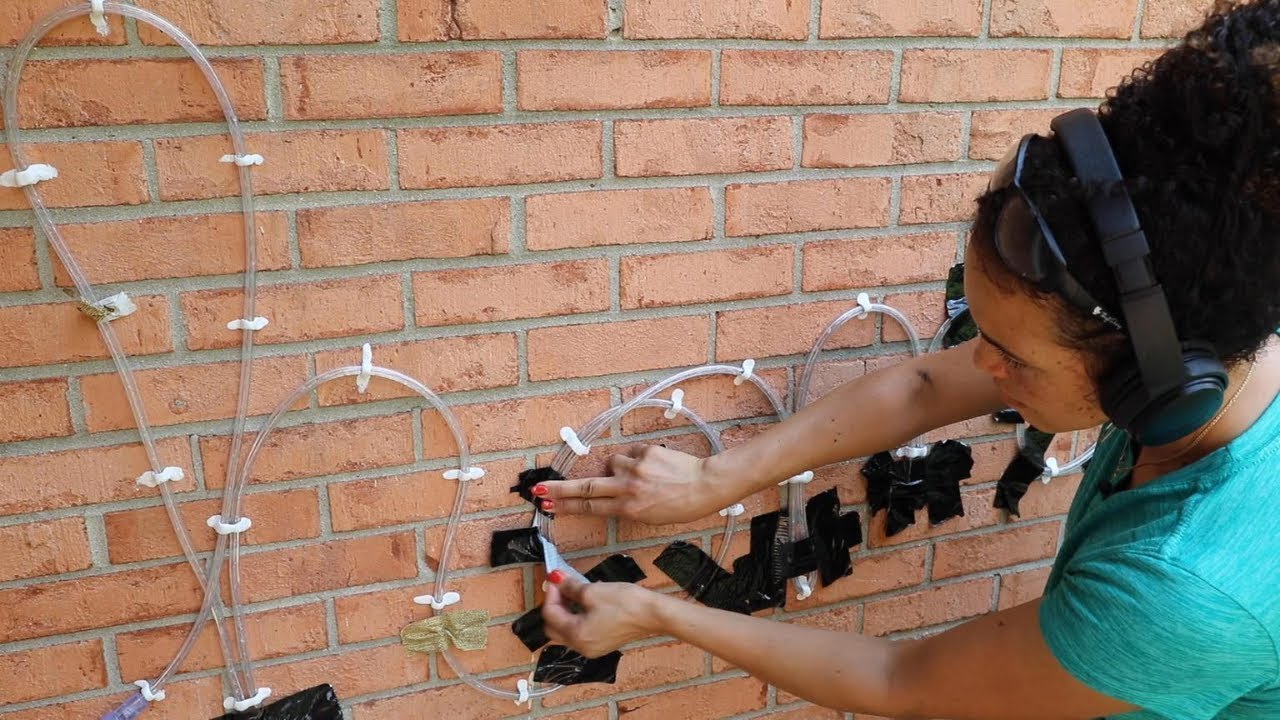
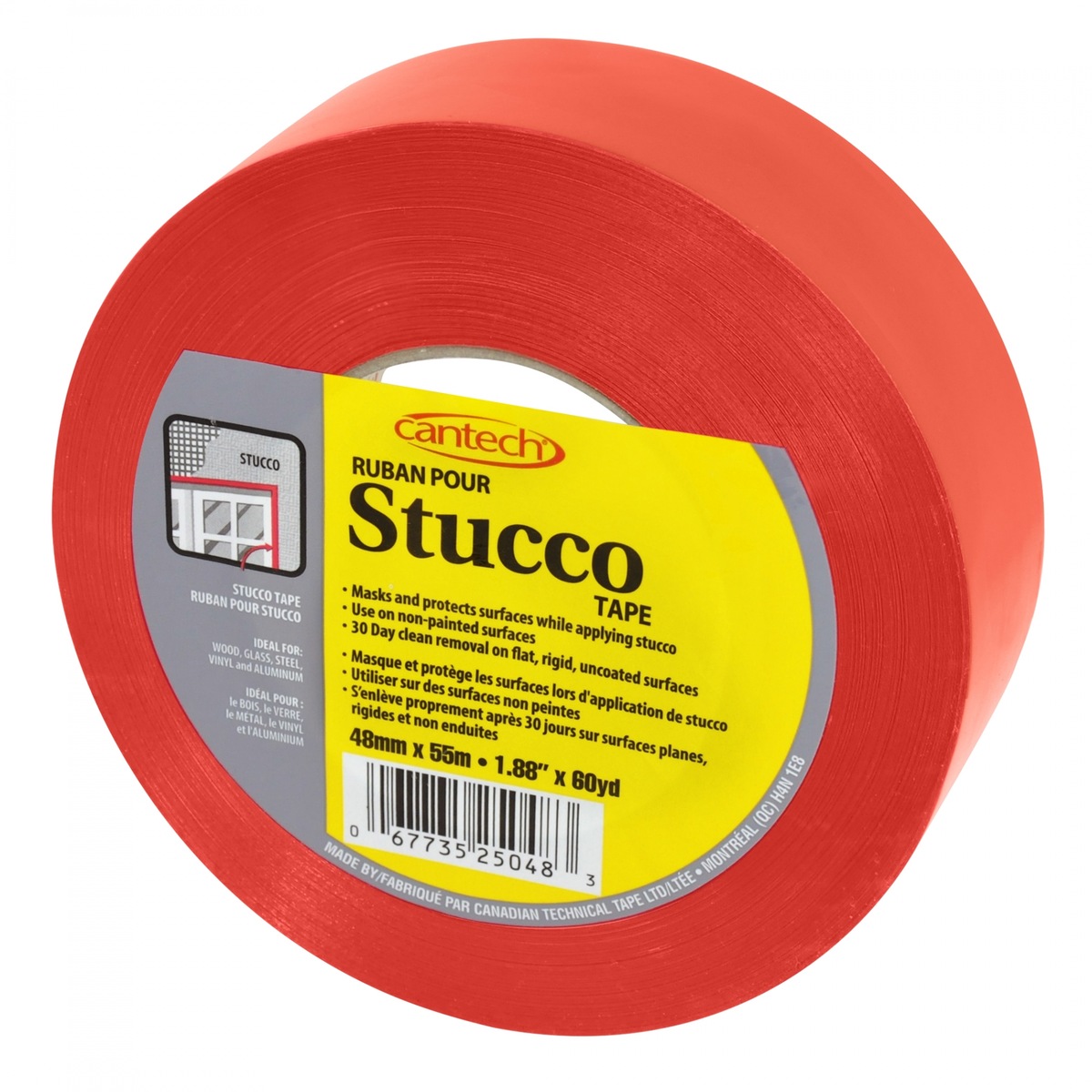
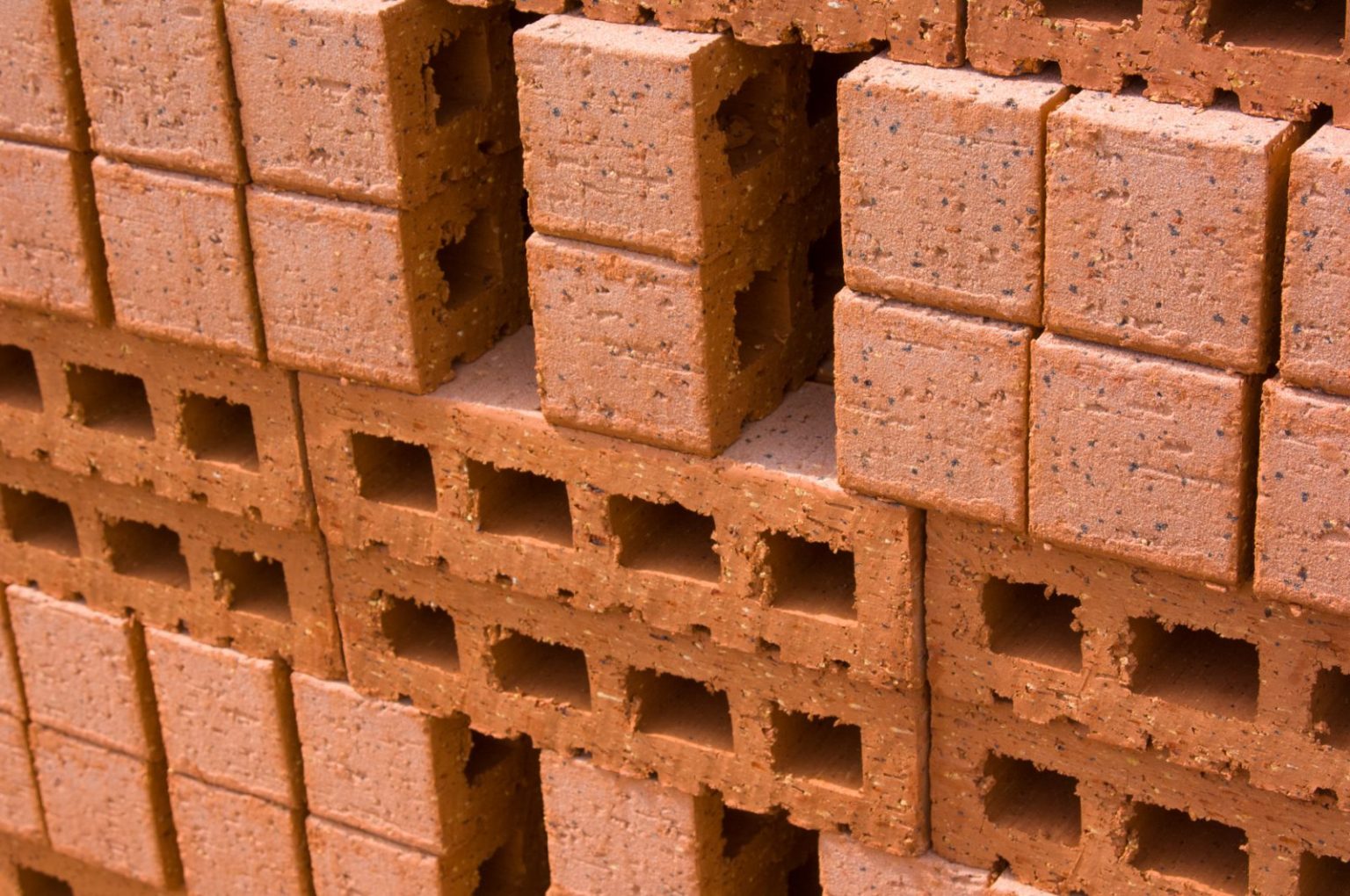
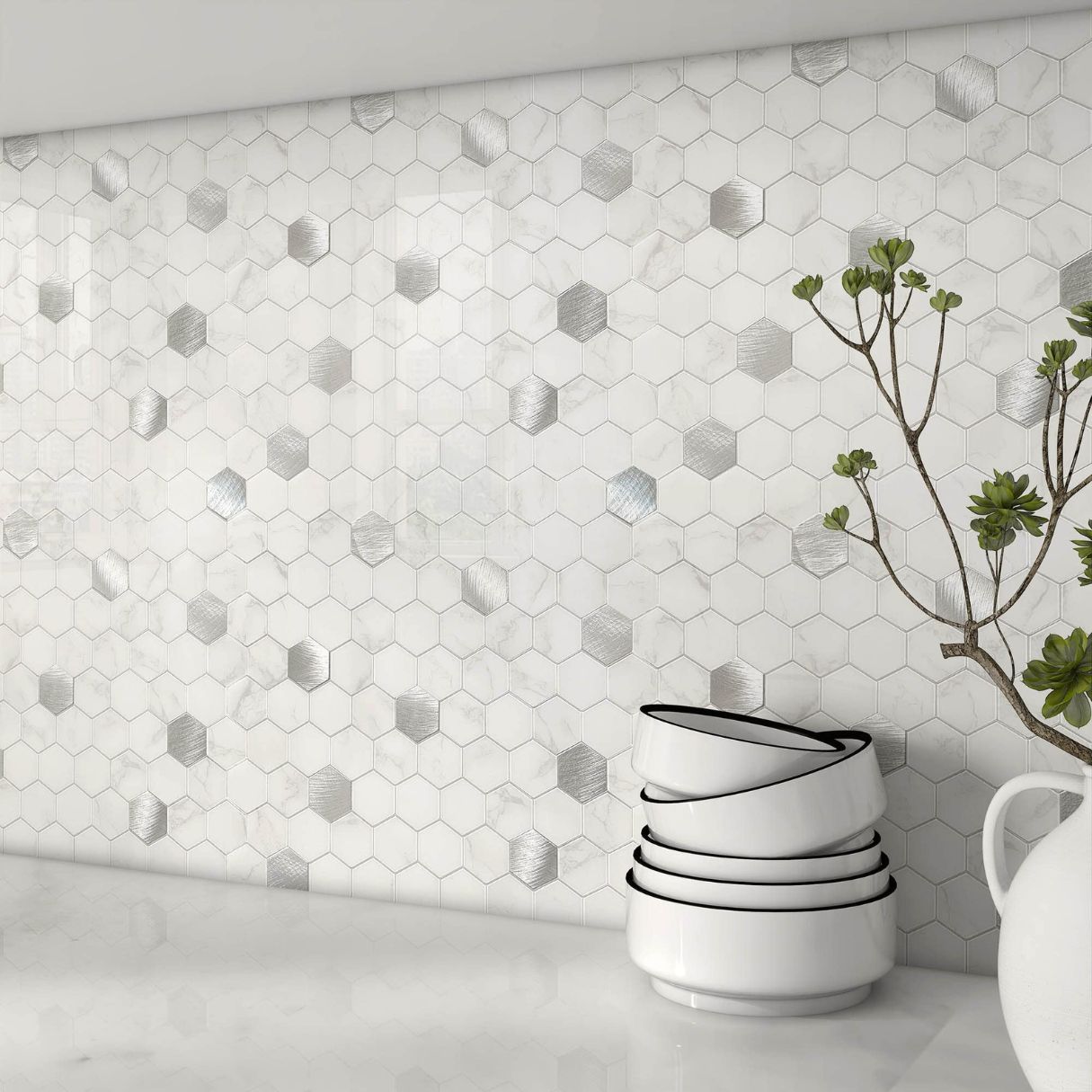

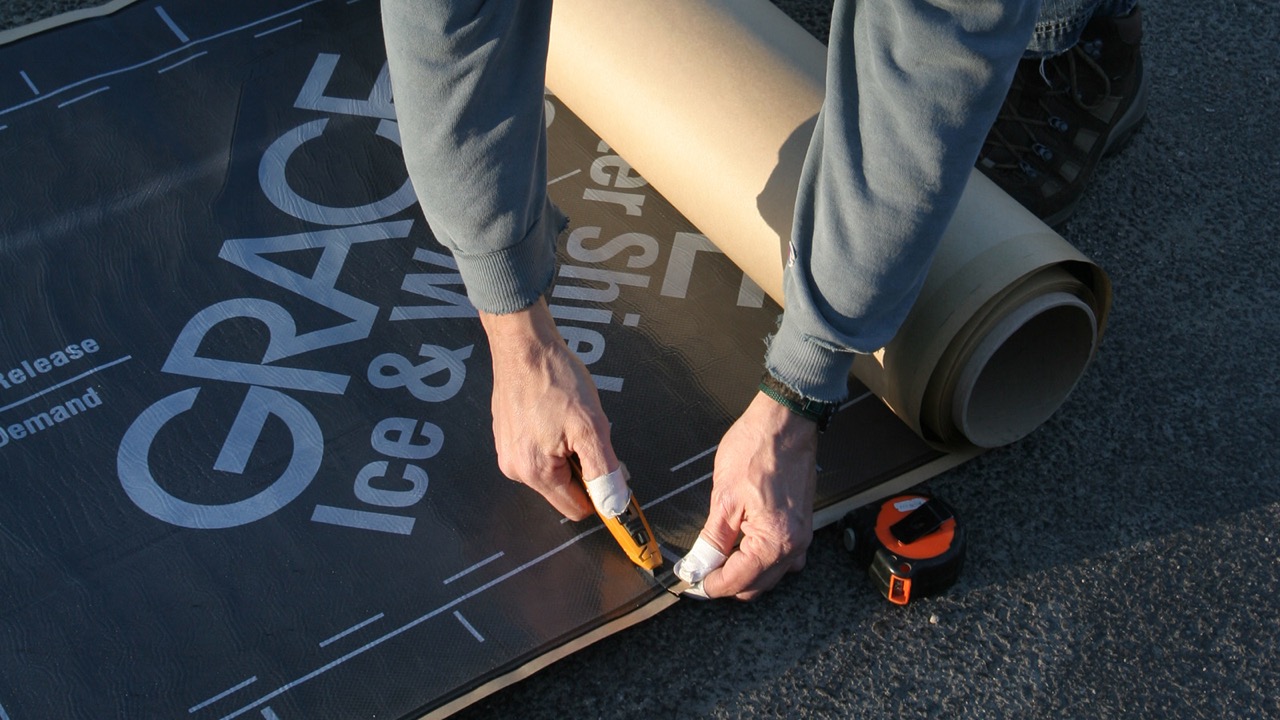
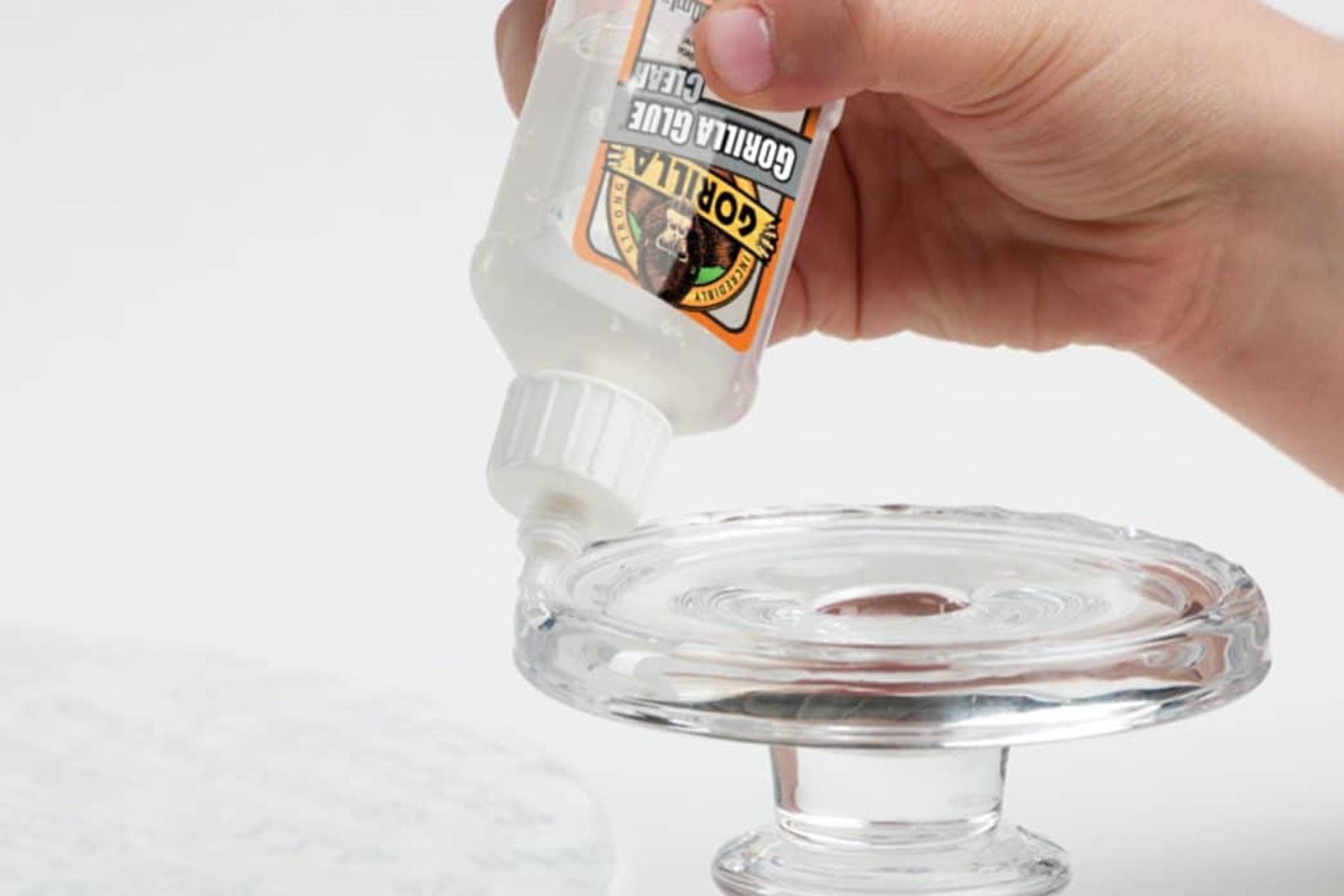
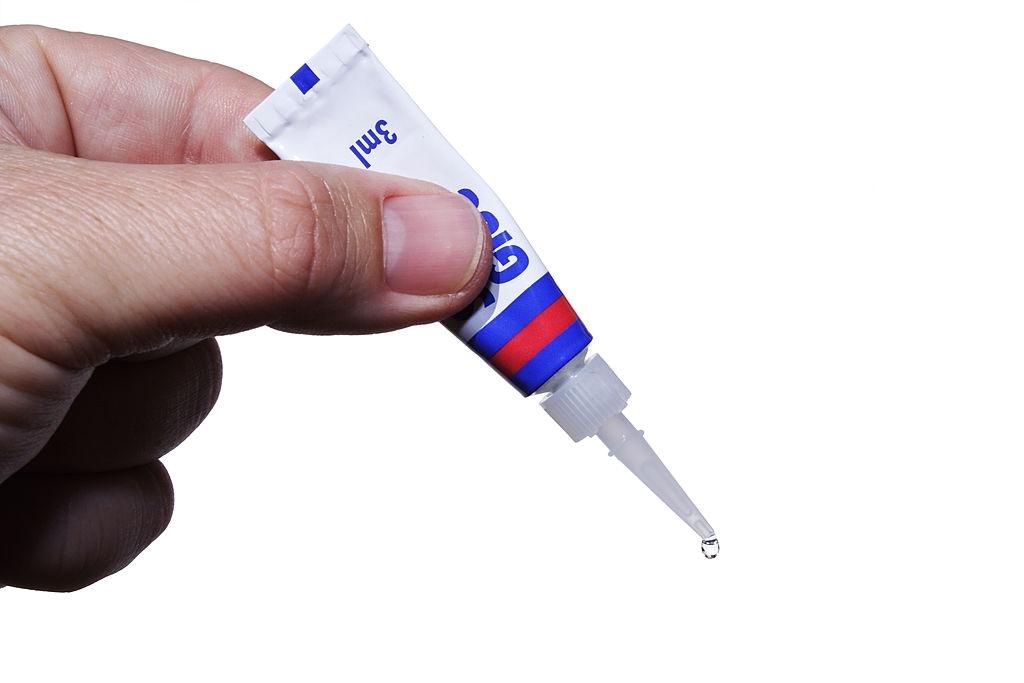
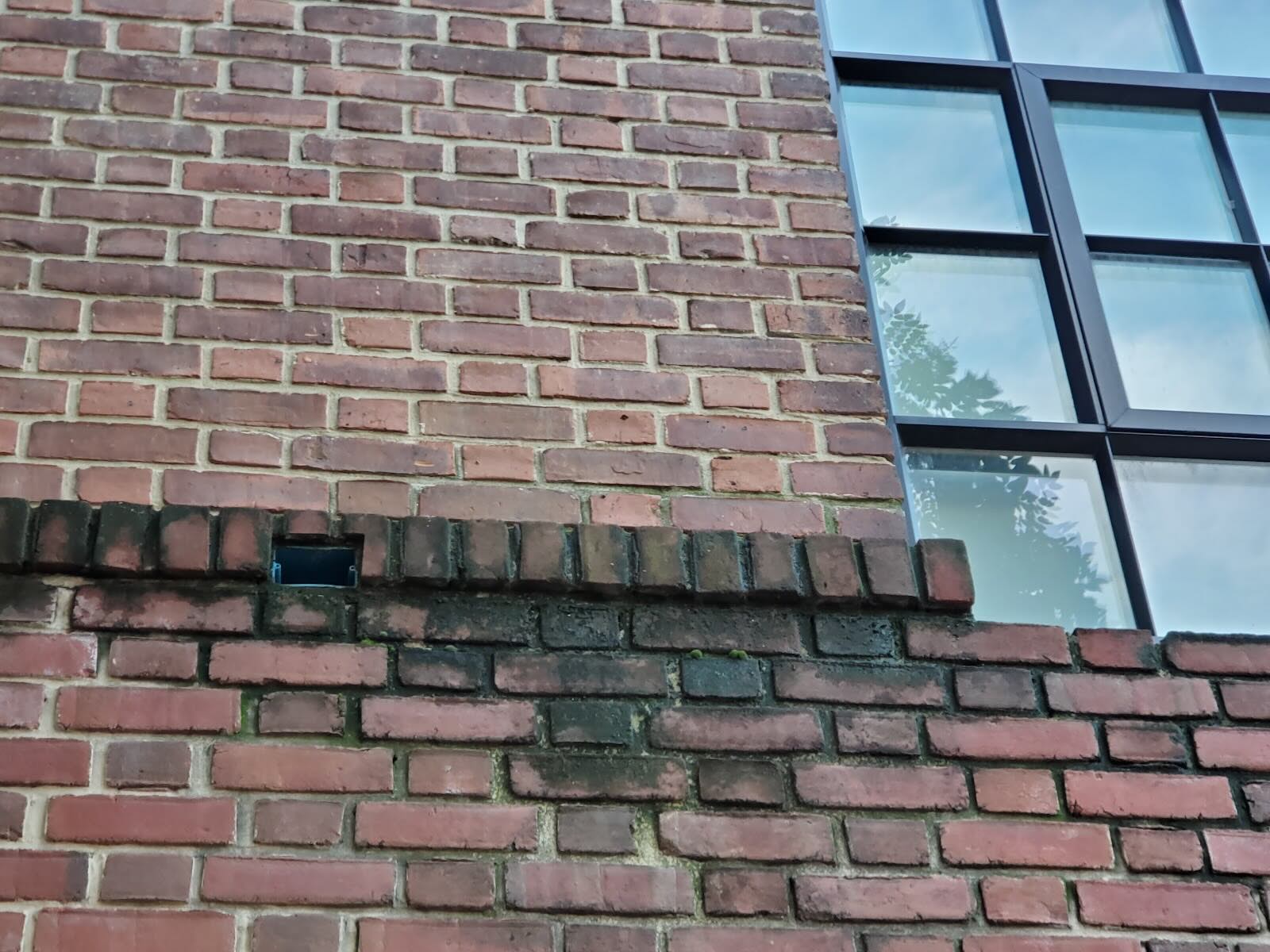
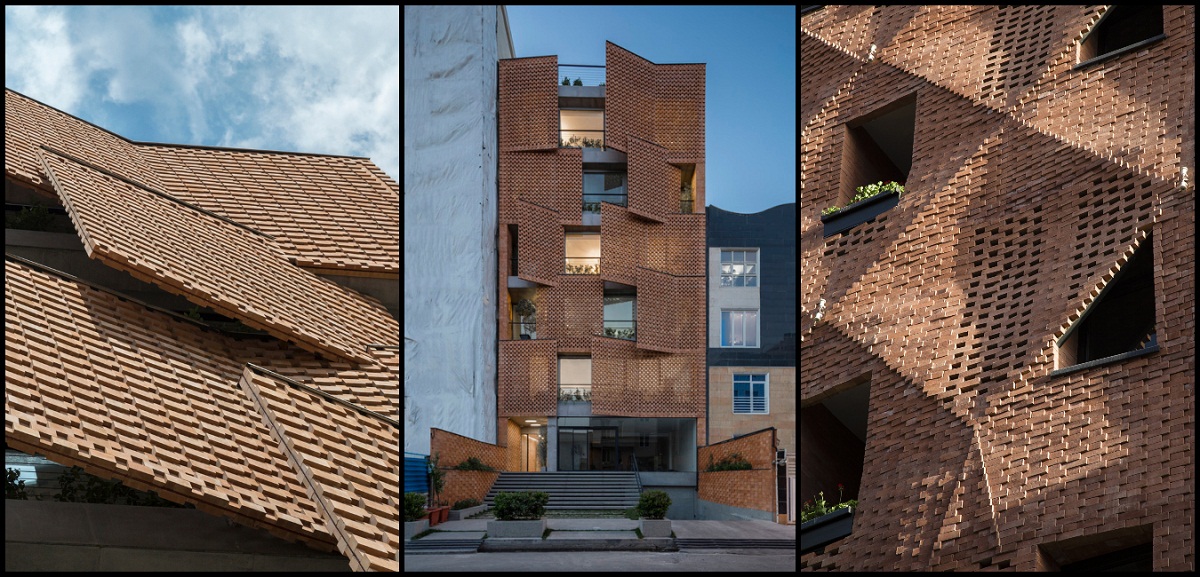
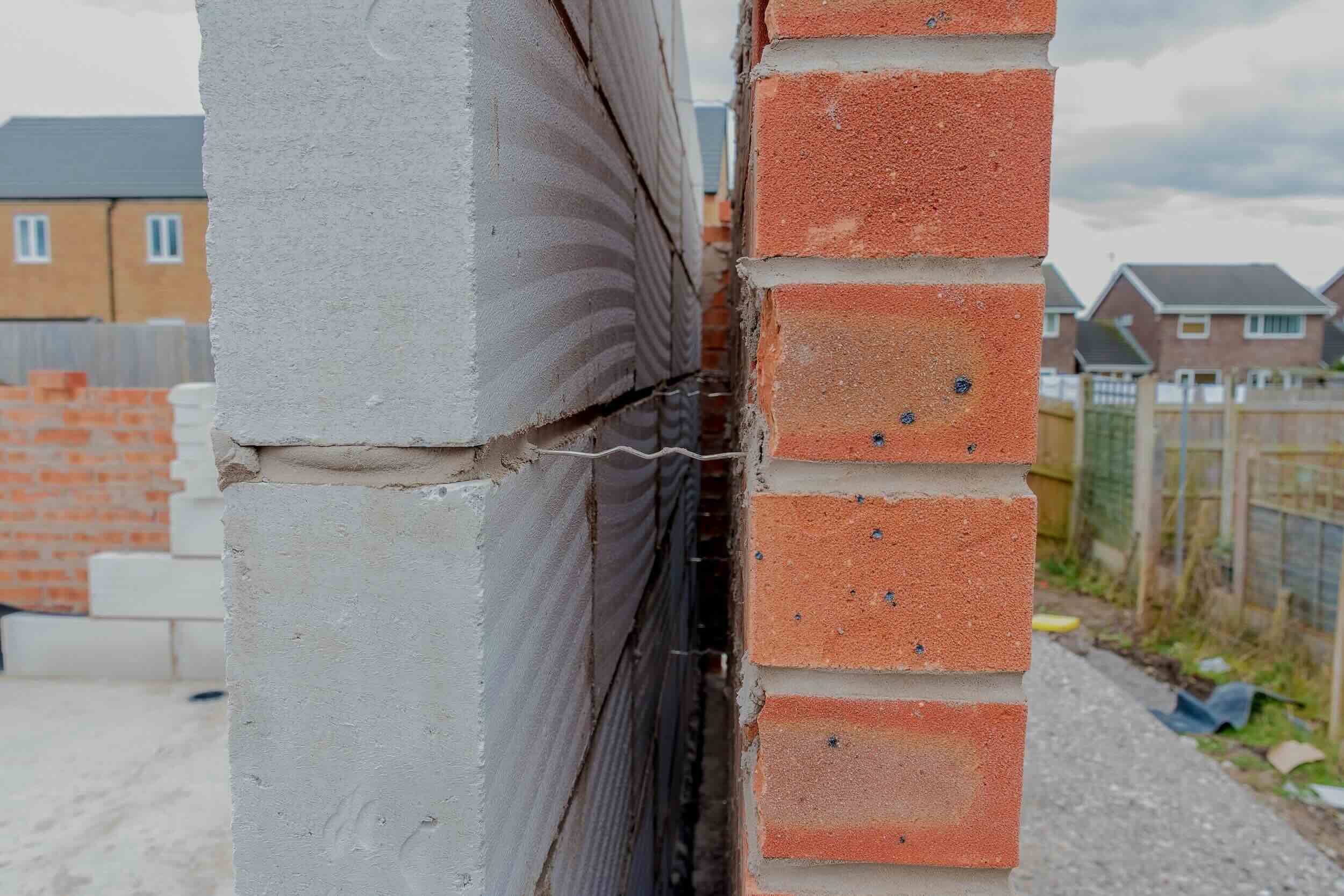
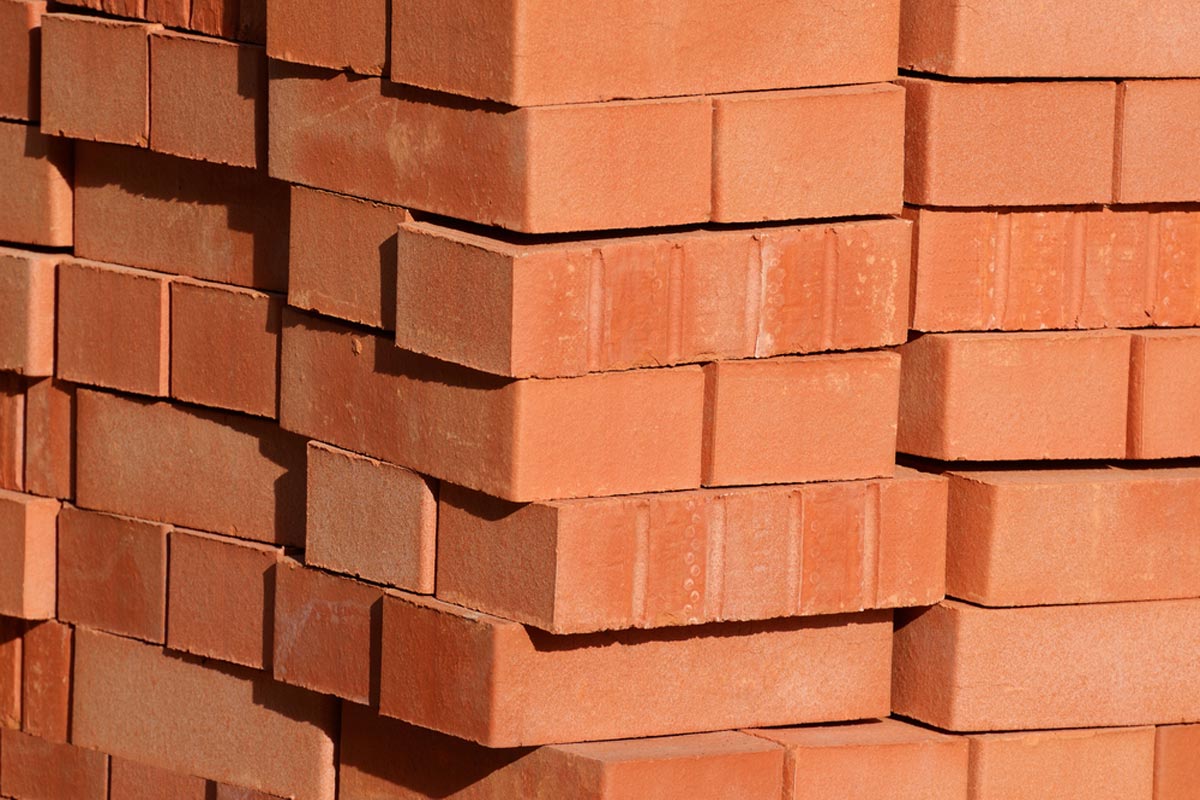
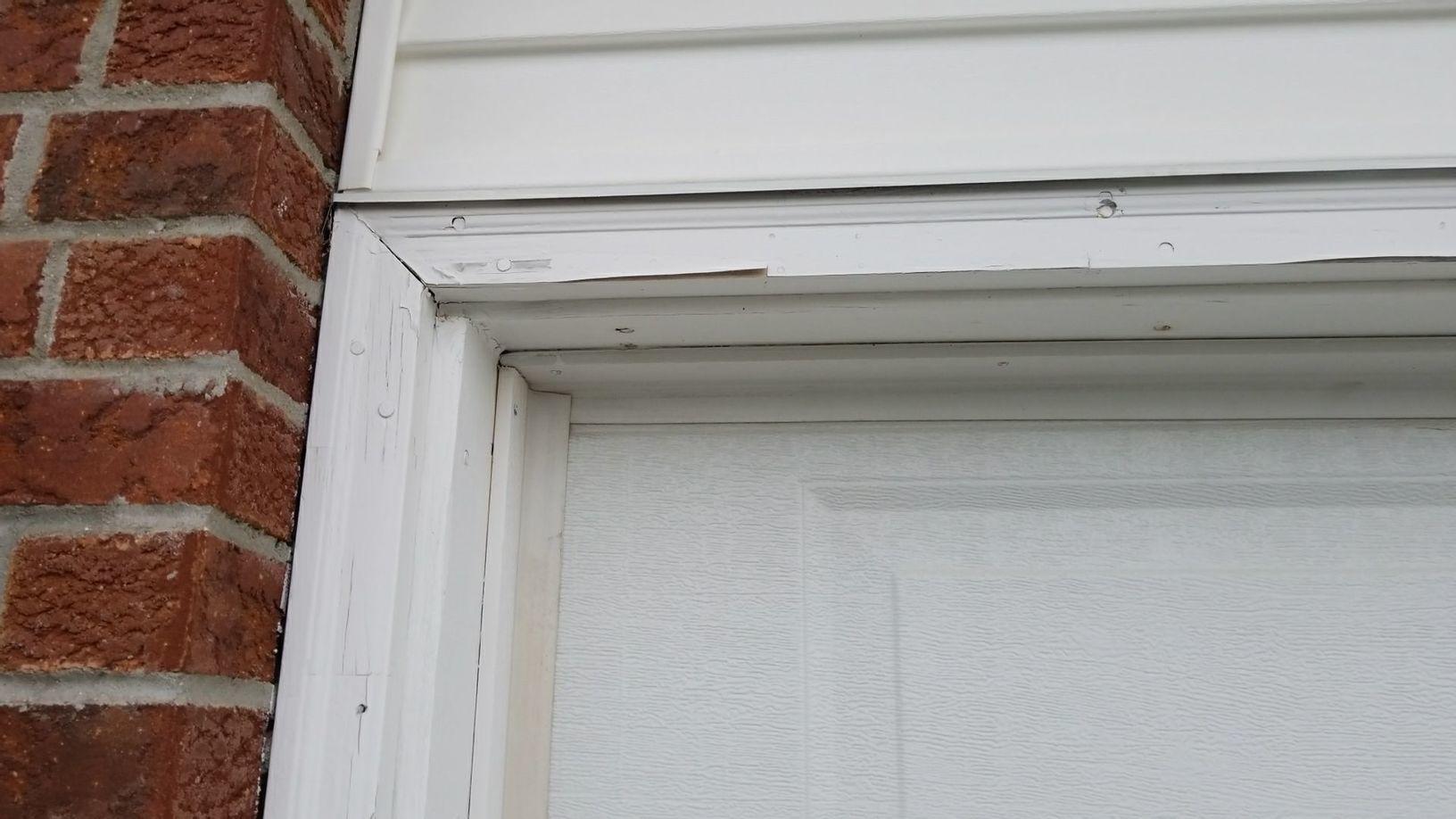
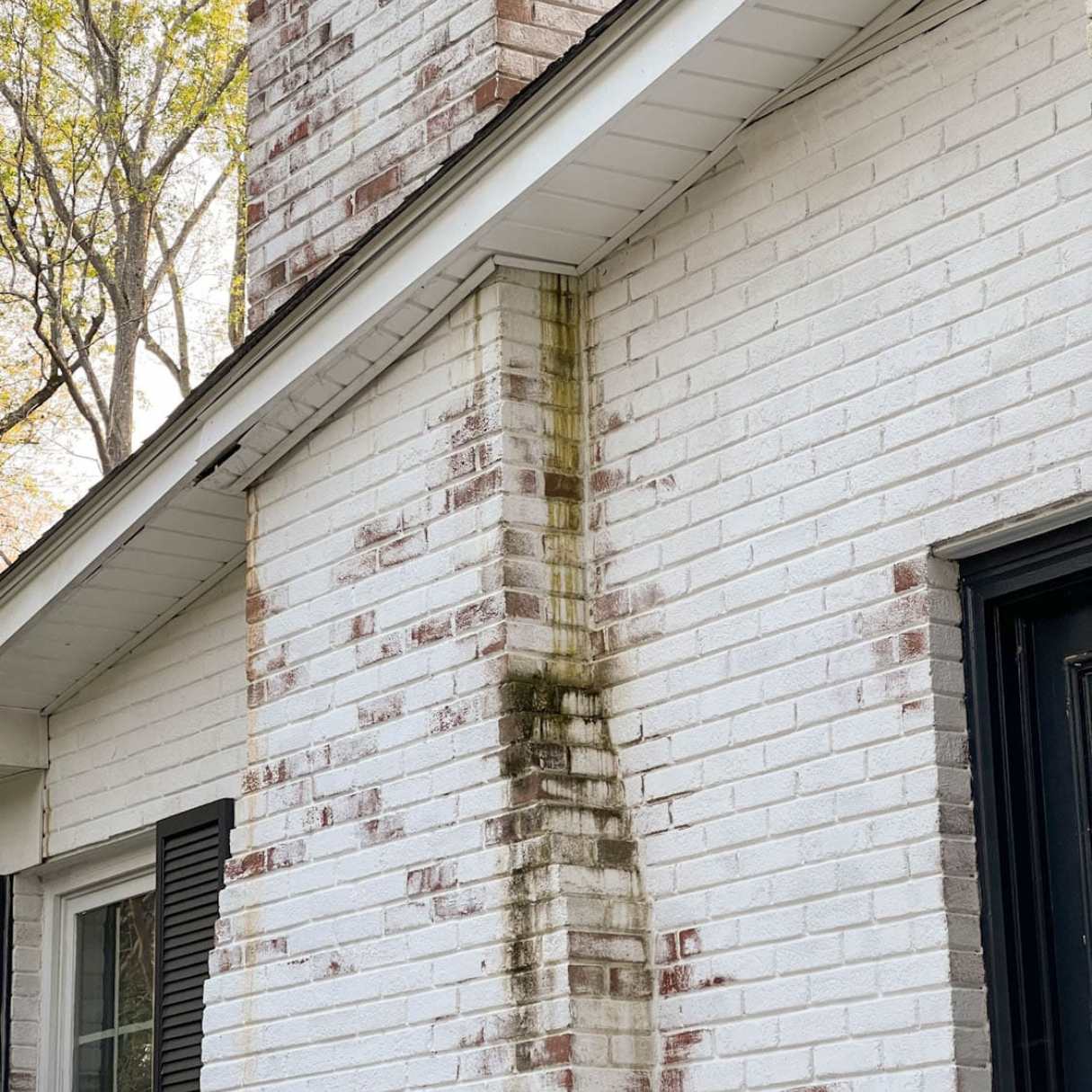

0 thoughts on “What Will Stick To Brick”